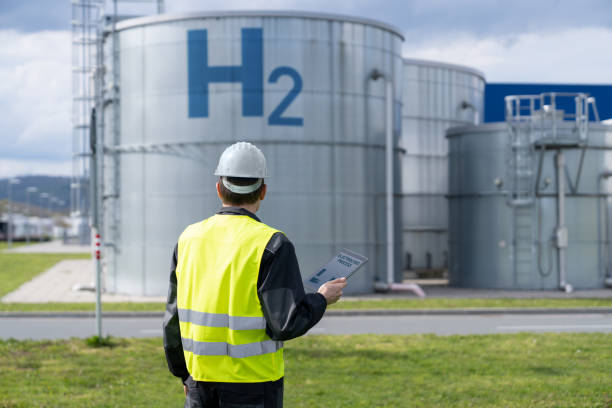A Dive into the World of Automotive Paint Technologies
Introduction: Imagine the gleaming surface of a newly minted sports car. The deep, lustrous red that captures the vitality of the beast beneath the hood. That's not just aesthetics; it's the result of a complex process involving advanced paint technologies. This article takes you under the hood of this fascinating aspect of automotive manufacturing.

A Stroll Down the Paint Lane
Automotive painting has come a long way since the early days of the industry. The first cars were hand-painted, a laborious and time-consuming process. The introduction of spray painting in the 1920s was a game-changer, leading to more uniform and faster application. As technology advanced, the focus shifted towards enhancing durability, shine, and environmental impact, leading to the sophisticated paint systems we see today.
The Multi-Layered Approach to Automotive Painting
Contemporary automotive painting is a multi-layered process, typically involving a primer, a basecoat, and a clearcoat. The primer ensures the paint adheres to the car’s surface and provides corrosion resistance. The basecoat is where the color and effects are added, and the clearcoat provides a glossy finish and protects the basecoat from damage and fading.
Innovative Paint Technologies
The field of automotive painting is ripe with innovation. Nano-paints, for instance, incorporate tiny particles to increase scratch resistance. Self-healing paints can repair minor scratches by flowing into the damaged area when heated. Some manufacturers are experimenting with heat-reflective paints to reduce the car’s interior temperature and increase fuel efficiency.
The Impact of Paint Technologies
These advancements in paint technologies have a significant impact on the automotive industry. They enhance the aesthetic appeal and lifespan of vehicles, contributing to customer satisfaction and brand loyalty. At the same time, they pose challenges in terms of cost and complexity of application. Striking the right balance between quality, cost, and sustainability is a key driver of innovation in this field.
The Future of Automotive Painting
As the automotive industry moves towards more sustainable and efficient practices, paint technologies are expected to follow suit. Future trends may include water-based paints to reduce volatile organic compound emissions, further developments in self-healing and nano-paints, and perhaps even color-changing paints that allow drivers to change their car’s color at the touch of a button.
In conclusion, automotive painting is a fascinating world of chemistry, engineering, and design. It’s a testament to the industry’s relentless pursuit of perfection, where even the smallest detail, like the gleam on a car’s surface, is the outcome of meticulous planning and advanced technology.






